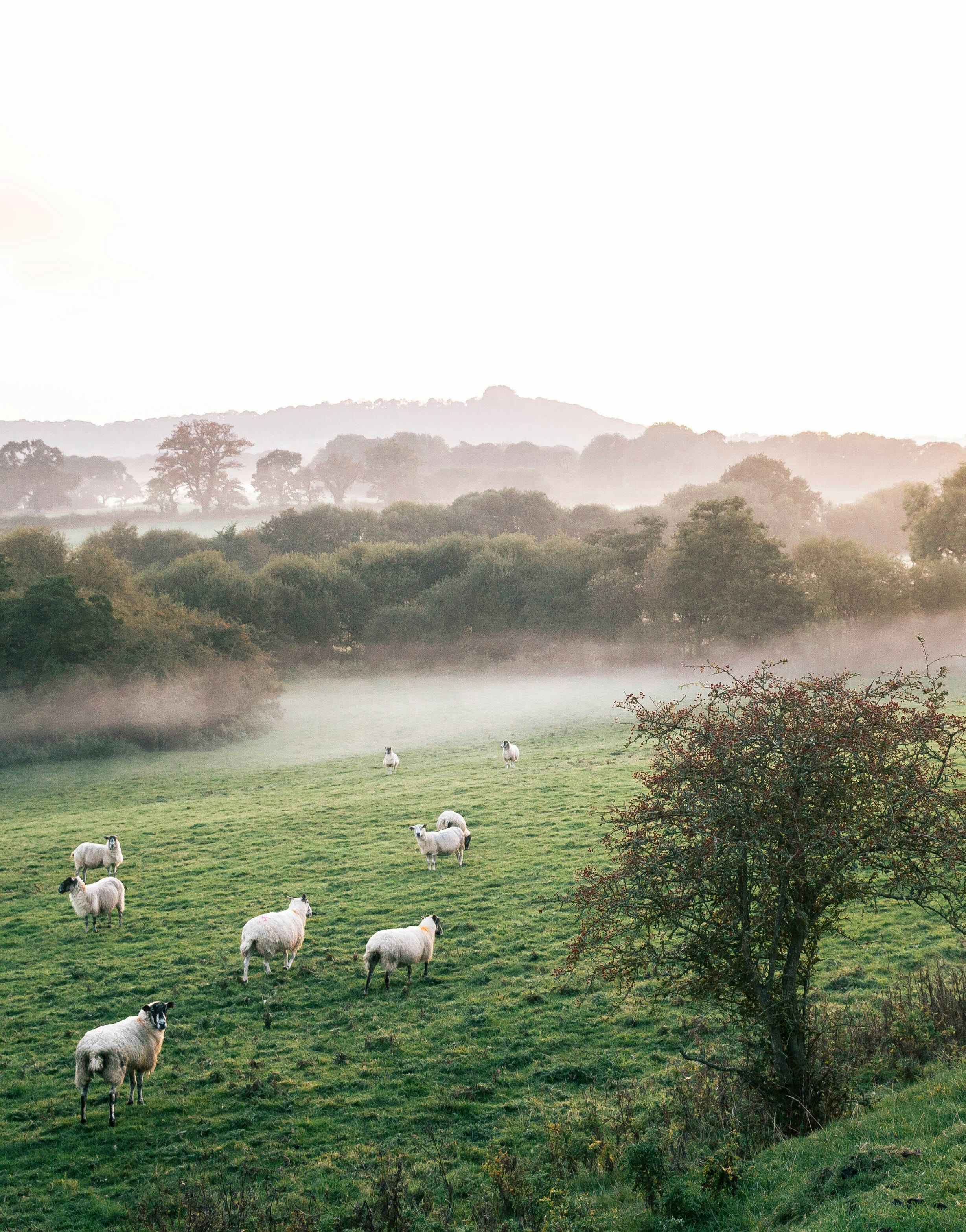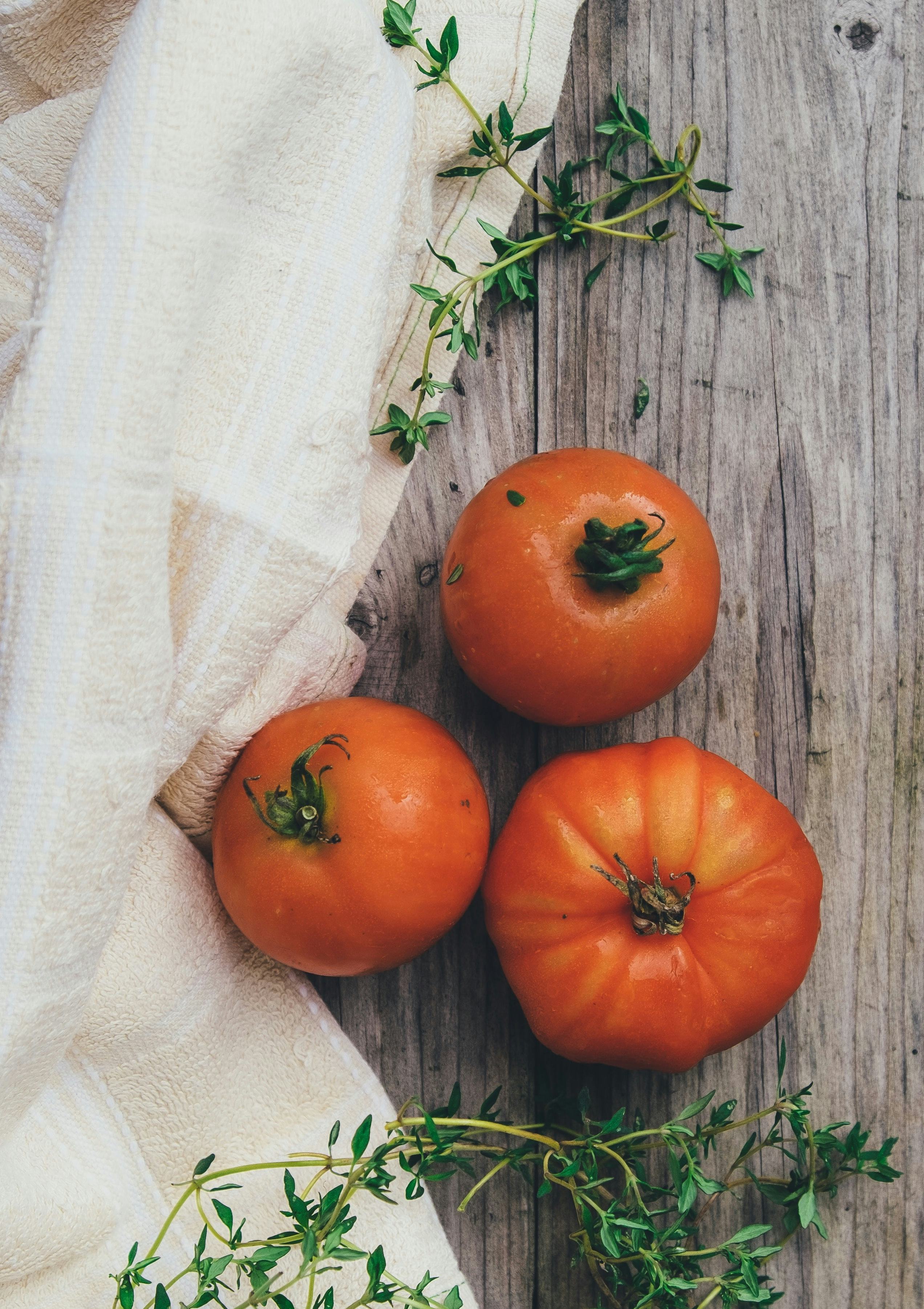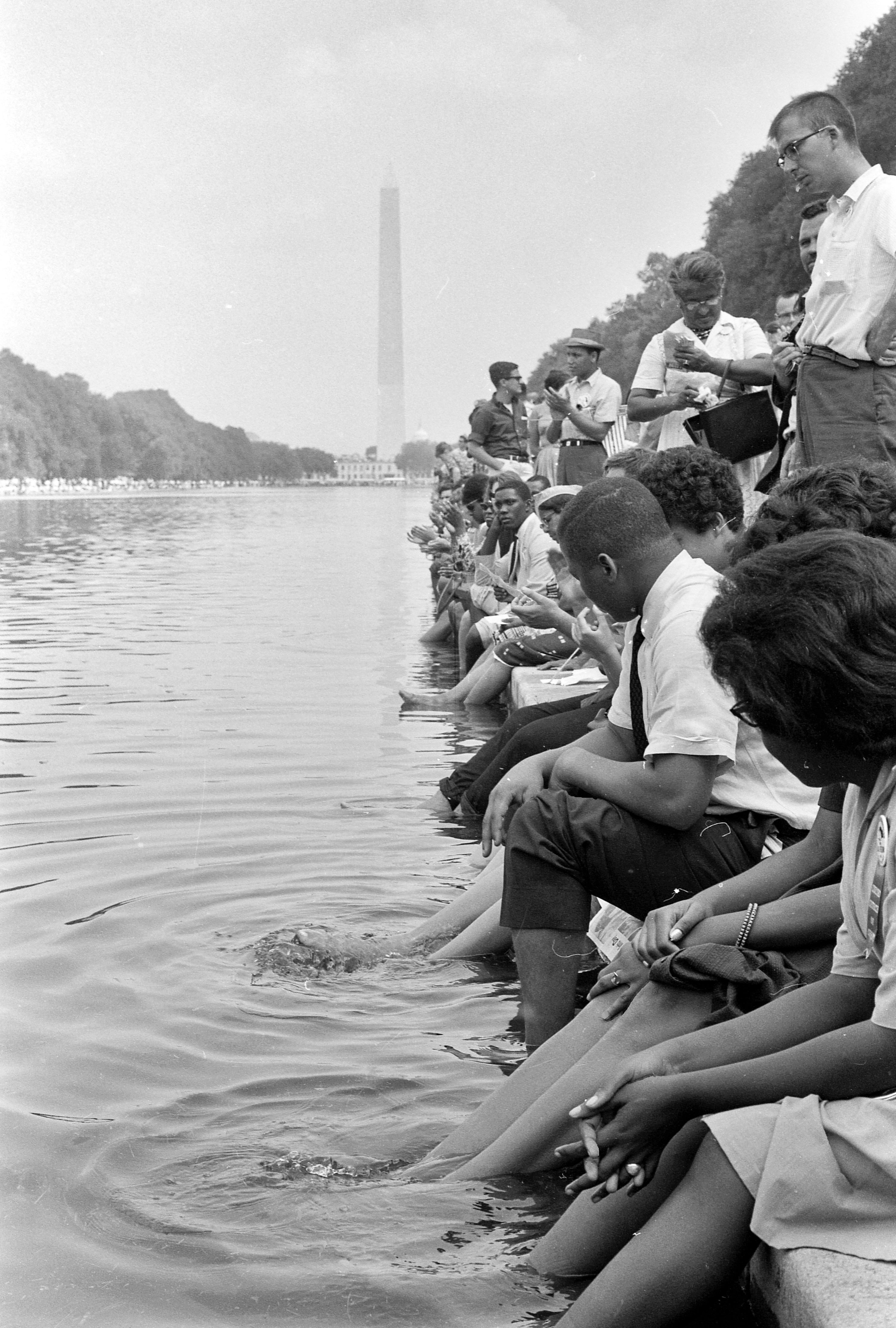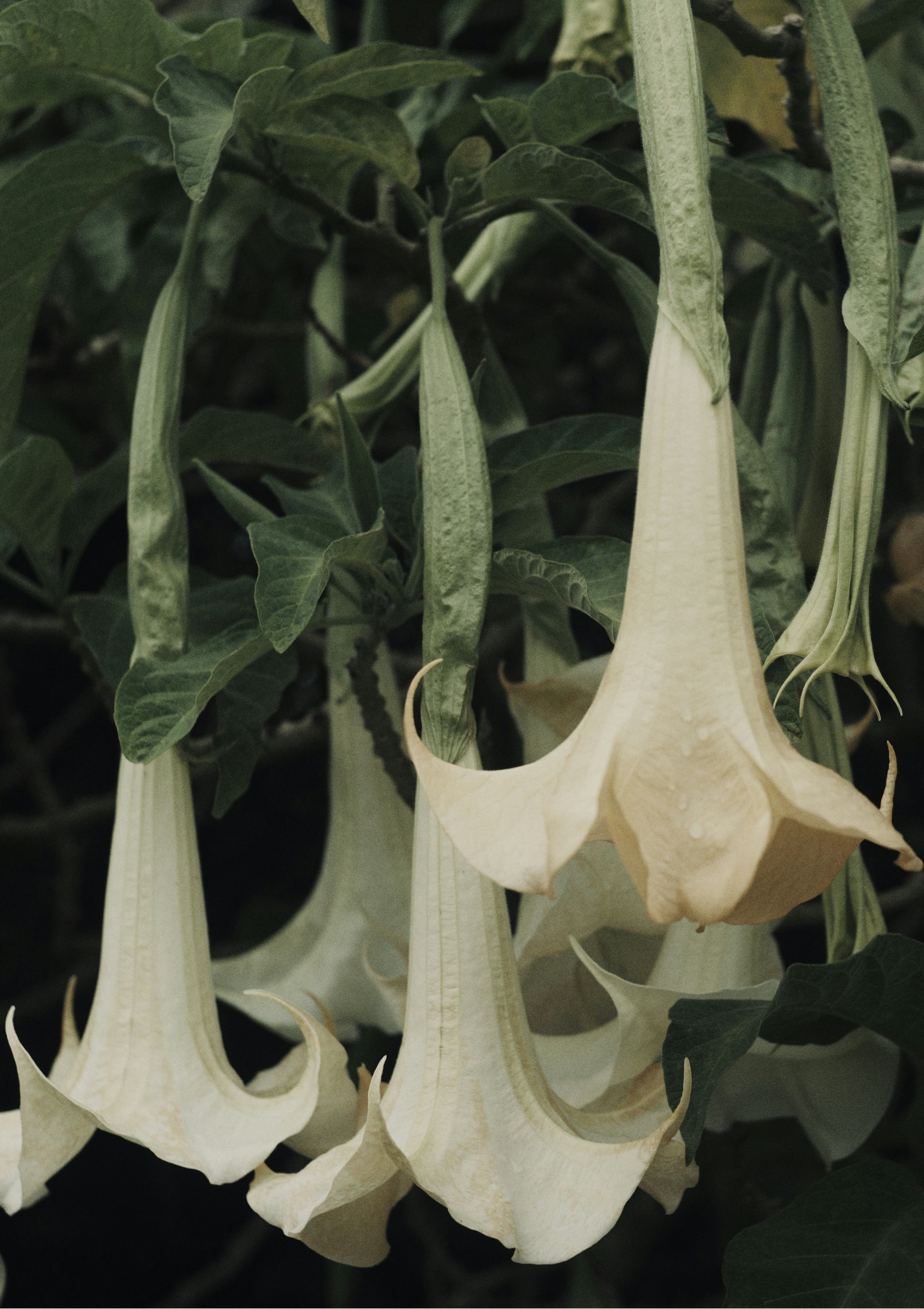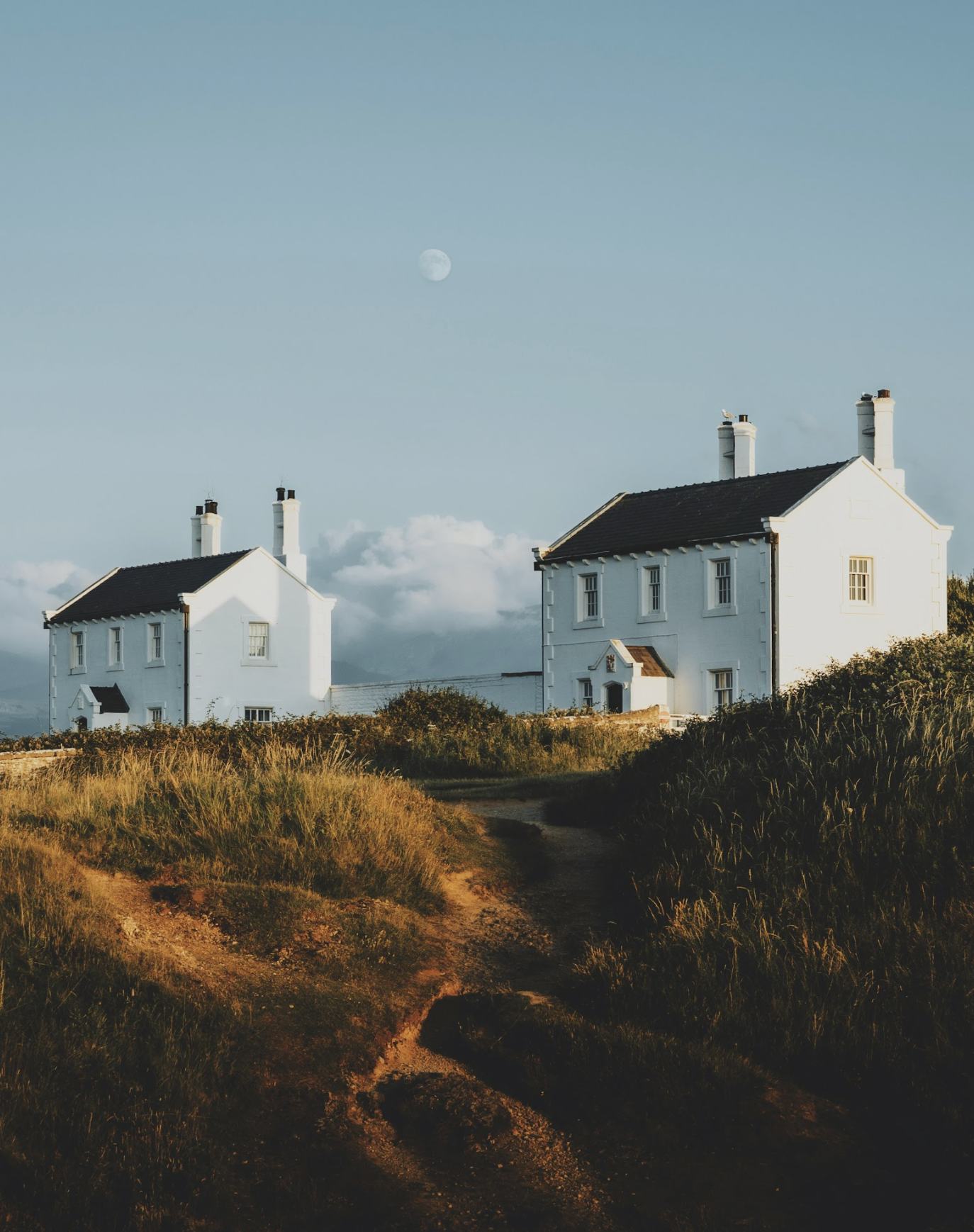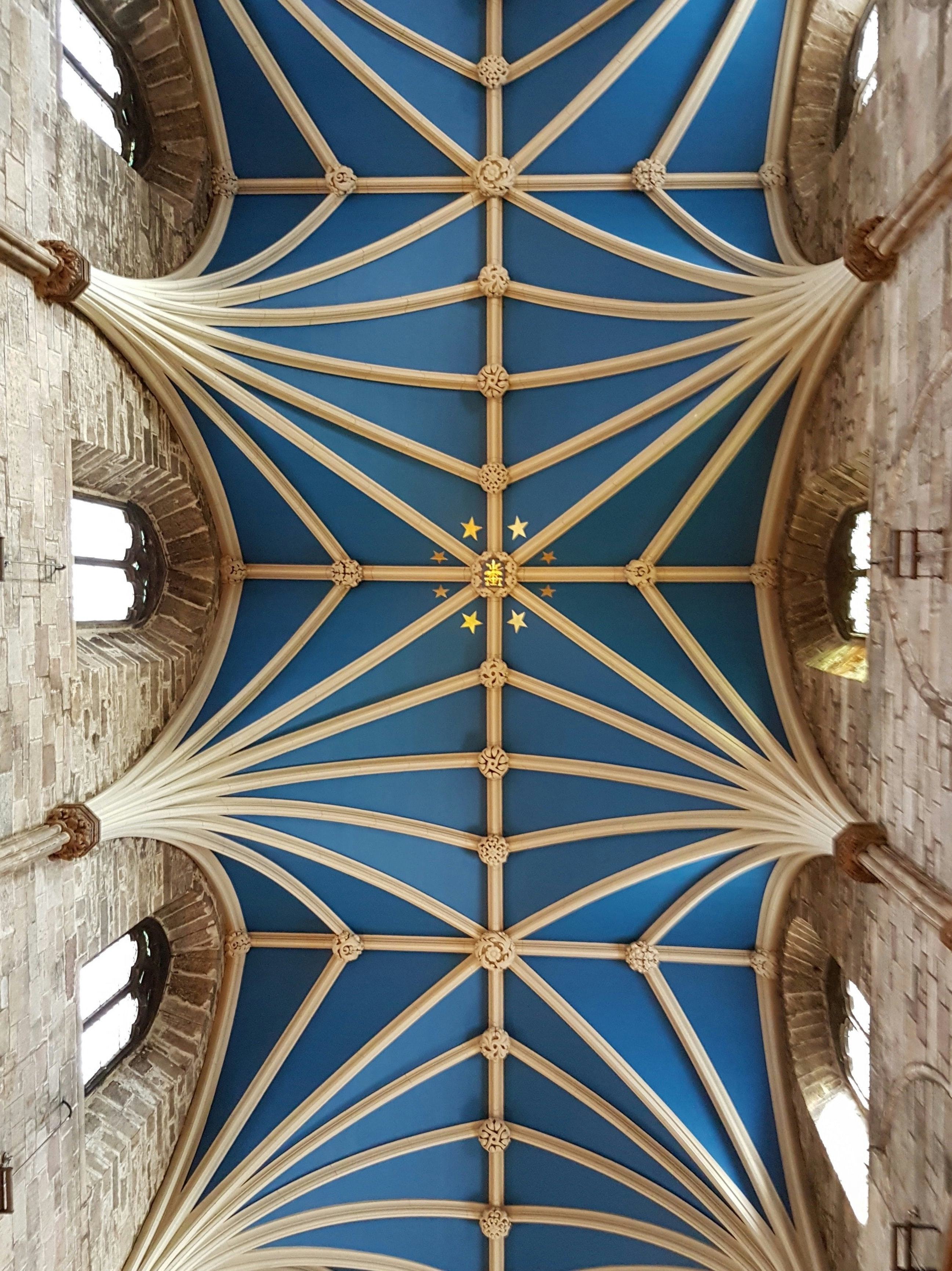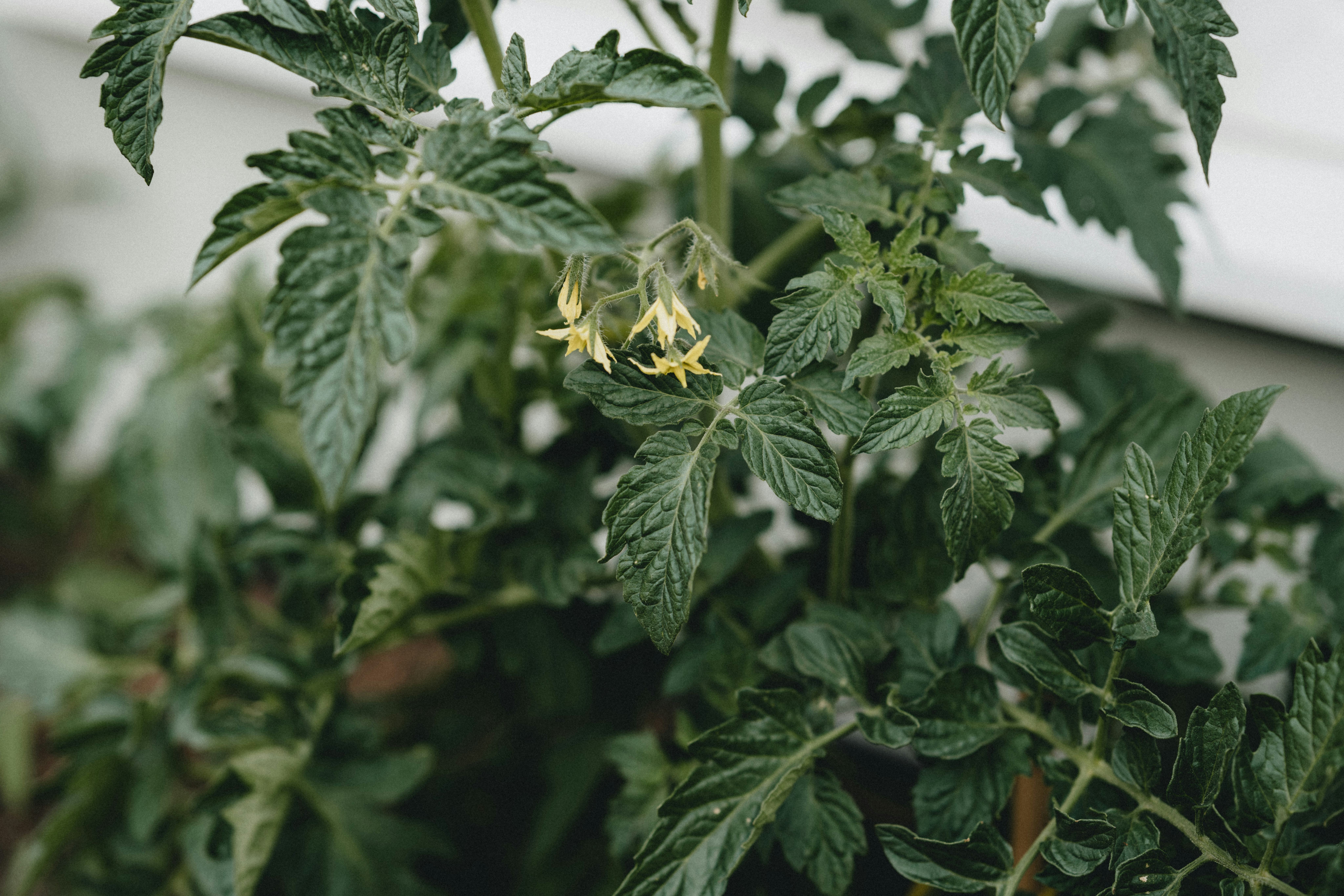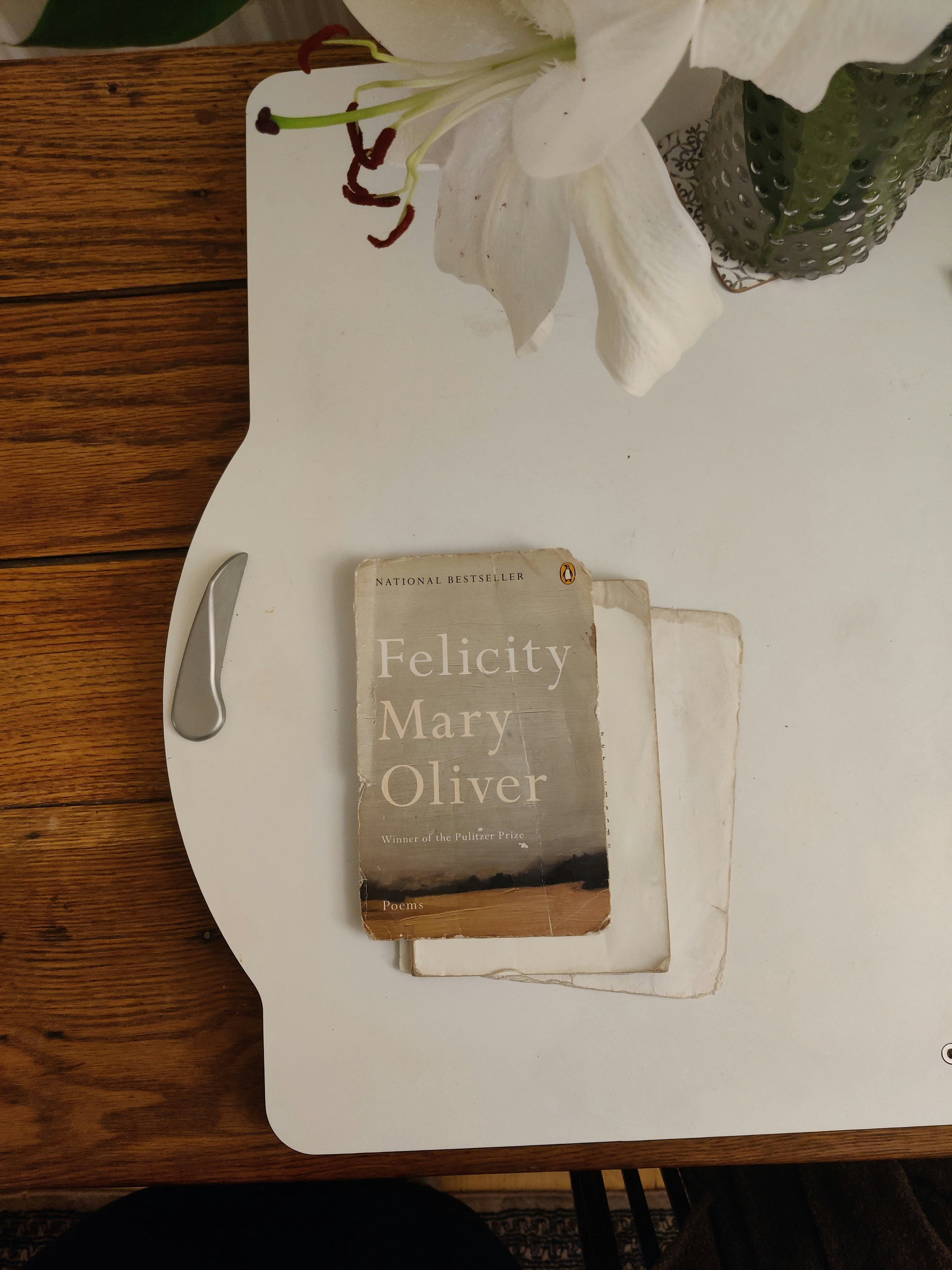Collective Wisdom on Ecology
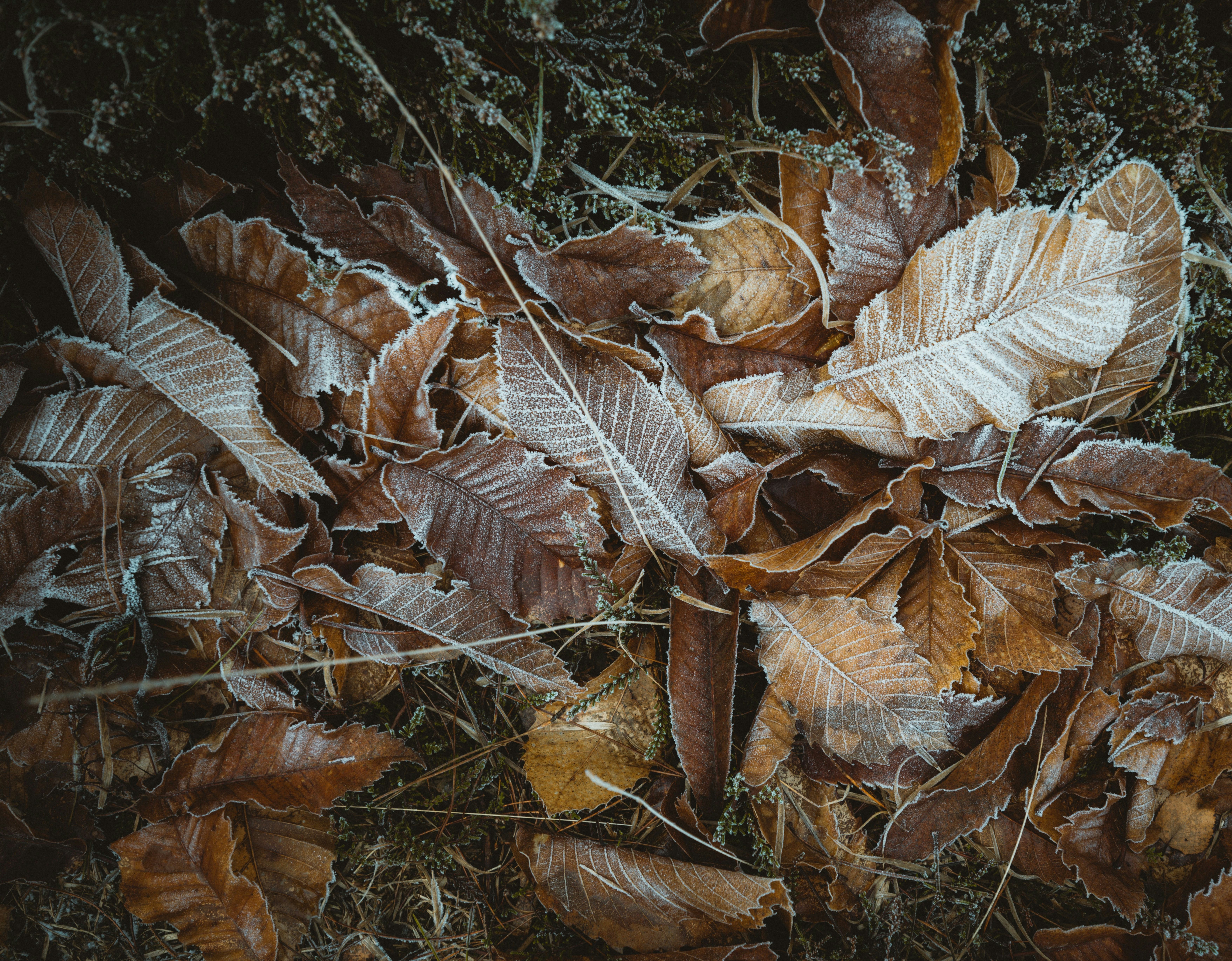
In our fourth issue, contributors have explored ecology as the relationships between living things, between human beings and the environment, and with each other.
Together, we have asked questions like, how are we connected? And what does a relationship with the living world require of us? To live in a way which honors relationality and interconnectedness requires deep reflection and sacrifice.
Gary Snyder writes, “Nature is not a place to visit. It is home.” This should challenge, not comfort, us. Most of us are alienated from the suffering of other living beings, the rhythms of the natural world, and the devastating consequences of climate change. We eat “food-like products” (to borrow a Michael Pollan phrase). We don't know where our food comes from. We may go days or weeks without placing our feet on the earth, but we can't go a day without touching plastic. And as we explored last week, environmental degradation and waste more profoundly affects people of color and marginalized communities.
Today, four Clerestory writers - Emily, Naomi, Maryann, and Andrew - share their perspectives on these themes and more, in service of helping us all pursue this urgent work.
Share a meaningful experience you’ve had “in nature.” What did this teach you about the living world and your place in it?
“In college, I went on a five-day mountain retreat with the other resident assistants at my school. One day, we were instructed to go off into the woods and spend the next eight hours alone. Back at camp that night, I felt calm and happy, and the only thing I had done that day was watch trees and listen to birds! This experience reminded me of my need to rest and recharge away from a society that constantly pushes us to do more.” – Emily Garcia, writer
“I often go for walks at a local park in Vancouver called Pacific Spirit Regional Park. It is a beautiful, lush forest located near the Pacific Ocean. Being in the forest, surrounded by greenery helps me to feel grounded. During my walks, I will pause and look up at the trees, marveling at their vastness. The inconveniences and troubles in my life seem minor when compared to the grandness of the forest… it really puts things into perspective. The feeling is hard to put into words, but I experience a feeling that there is something bigger than me. I contemplate who I am in relation to my surroundings, rather than being solely focused on my own inner world.” – Naomi Oh, writer
“During the pandemic last year, I had severe PTSD symptoms triggered in my life and moved to Virginia Beach to live with my sister for the summer. Being next to the ocean alleviated my PTSD symptoms and regulated my nervous system. It made me realize we are a part of the earth, and when we embrace the natural parts of the world, it can be incredible healing to our mind, body, and spirit.” – Maryann Samreth, Trauma Writing Coach
“Last January, my wife booked a weekend in Holden Beach, North Carolina for the two of us to celebrate my fortieth birthday. Because of our vantage point on the curvature of the island, we watched the sun appear to set into the ocean, then rise out of the same water the very next morning! I had been ruminating on the nature of life because of my auspicious birthday, yet that geographic oddity made clear that we have come from the sea and to the sea we shall return. Or, in terms of my Christian faith, ‘Whether we live or die, we are the Lord’s’ (Romans 14:8).
In Gift from the Sea, Anne Morrow Lindbergh wrote that ‘patience, patience, patience, is what the sea teaches. Patience and faith. One should lie empty, open, choiceless as a beach—waiting for a gift from the sea.’ On the morning of my fortieth birthday, I happened to look down at my feet and saw a perfect sand dollar, the first whole one I’d found in my life. When the gift comes, it is the high tide of gratitude.” – Andrew Taylor-Troutman, writer
How do you define “nature”?
“To me, ‘nature’ is the living world around us. It is the world in its most pristine state, before it has been touched or ‘improved’ by humans.” – Emily Garcia
“For me, ‘nature’ refers to the space I am in, as well as the imagery and the feelings that it evokes. The natural world evokes a feeling of wholeness. Nature has this quality of being mysterious and beautiful at the same time. It is a place where I am completely surrounded by trees, mountains or bodies of water. When I think of nature, a few words that come to mind are ‘abundance,’ ‘beauty,’ and ‘wonder.’ I also associate nature with certain colors including shades of green, soft yellows, warm blues, deep reds and brown.” – Naomi Oh
When you are in a place you love, what is different about your quality of attention?
“When I am in nature, I feel present. It is a meditative experience in which I am more in tune with my senses. I experience the world with more clarity in thought and purpose. I feel a sense of curiosity and awe. I notice things such as the sun streaming through the leaves of a tree or hear the ocean waves crashing on the shores. I have also really noticed the healing power of nature. After spending time in nature, I feel more rejuvenated. It sparks my creativity and inspires me to create art.” – Naomi Oh
“Love is often the antidote to my trauma symptoms of anxiety and depression. Being in a place I love which is anywhere by the ocean, allows me to stay present and open my heart up to the simple joys of life like gratitude, peace, and acceptance.” – Maryann Samreth
How does ecology inform and shape your spirituality or faith? Likewise, how does faith or spirituality shape your approach to and understanding of ecology?
“I am a Christian, and my understanding of ecology makes me consider the ways that my greed and consumerism have contributed to the demise of the planet. Conversely, my faith makes me want to learn more about creation care and participate in initiatives that will help us steward our natural resources better.” – Emily Garcia
“I read a fascinating scientific article earlier this year about the complex ecosystem in Yellowstone National Park. I wanted to sing a “little song” — a sonnet — as an expression of my faith in light of these facts . . .
‘A Symphony in Yellowstone’
As amazing as it seems,
more wolves in Yellowstone
mean more willow trees.
For the elk are made to move
by the wolves’ predatory pressure,
giving saplings time to mature.
Their growth affords the beavers
more wood for their dams, homes
that create the river’s deep springs,
where the larger fish can breed.
This brings birds of prey to feed,
and still more to nest and sing.
A chorus in the trees, a howl in the night,
each a part of the symphony of life.” – Andrew Taylor-Troutman
In October, contributors reflected on “climate grief” - depression, anxiety, and mourning in response to ecological destruction. How does the concept of “climate grief” resonate with your experience of witnessing environmental destruction?
“I live in Austin, one of the fastest-growing cities in the US. Every day there is a new plot of land being cleared and ‘developed.’ I think the concept of ‘climate’ grief must be real. We are more stressed, anxious and lonely than ever. If we want to want to slow ecological destruction and, in turn, become happier and healthier, we need to redefine ‘development’ and literally get back to our roots.” – Emily Garcia
“It’s heartbreaking the way our society treats the earth in a neglectful, selfish, and unsustainable manner. It’s no different than the way society treats each other and themselves. We are a part of this earth, and instead of taking care of it, we use it for its resources and abandon it. I believe if we took better care of our human needs from a healing standpoint, we’d take better care of the earth.” – Maryann Samreth
Name an action you’ve taken or a change you’ve made to help protect the living world.
“I was in college when I first started learning about environmental degradation and the drastic effects it has on the world’s most vulnerable populations. Then, I committed to ‘living smaller.’ To me, that has meant buying (secondhand, when I can) clothes only when my old ones wear out, living in smaller spaces, cooking simple meals, and regularly reminding my daughter (and ultimately myself) that just because we want something or have the means to buy it doesn’t mean that we should.” – Emily Garcia
“I feel overwhelmed by the actions I can take to protect the living world. I feel unsure of where to even start. I do try to remind myself that I can try to make small changes to my daily routine. One small change I’ve made in efforts to reduce my use of plastic is to use beeswax wrap instead of saran to wrap my food or produce.” – Naomi Oh
Share one resource (a practice, a book, a thought leader) which has helped you in this work?
“Wendell Berry’s books, specifically, The Unsettling of America and Bringing It to the Table, have been really helpful to me. The church and larger social context in which I grew up viewed caring for the earth suspiciously, preferring to write it off as a ‘political’ issue rather than engaging in it. Berry is a farmer, environmental activist, and also a Christian. His writings remind me that I should not be apprehensive about creation care, but rather see it as my moral imperative.” – Emily Garcia
“This is not a resource per say, but a source of inspiration for appreciation of nature – I enjoy reading Mary Oliver’s poems. ‘Wild Geese’ is a favorite of mine. I also recently discovered ‘Song for Autumn’ which is written beautifully.” – Naomi Oh
“I am currently reading Lessons from Plants by Beronda Montgomery, in this book, she takes us through the exploration of plant behavior and relates it to the human experience and the healing journey.” – Maryann Samreth
“I am drawn to the simple and profound images contained in many haikus, which do not proclaim the grandeur of creation as much as they invite introspection and conversation.
On a branch
floating downriver
a cricket, singing
These are words by an 18th-century Japanese poet that I hold in my heart. Like the haiku masters before him, Issa wrote verses that concentrated on nature. Yet, it is the implied perspective of the viewer that moves me. What is the onlooker thinking and feeling in this brief scene? Is she charmed by a natural beauty, or does it call to mind the fragility of life? Is the insect’s music a vain or hopeless act against the great force around it? Or, an act of pleasure, which is a type of holy defiance?
Issa’s name means ‘Cup of Tea’ and, in the church where I serve as pastor, many people enjoy and appreciate the chance to linger over a haiku and the Buddhist philosophy that undergirds much of it. When asked what ‘On a branch’ could mean, a recent small group identified a range of complex and conflicting interpretations. Then a friend and artist answered, ‘It means all these things and more, all at once.’” – Andrew Taylor-Troutman
Clerestory Magazine provides space for writers, artists, and activists to explore subjects at the intersection of action and contemplation through storytelling.
Representing a diverse cross section of humanity, contributors evoke the most essential pieces of the human experience while engaging big questions on the social and political dimensions of human flourishing. This work serves the greater good because the stories we tell and hold together shape who we become together.
Discover more from Clerestory Magazine Writers.
